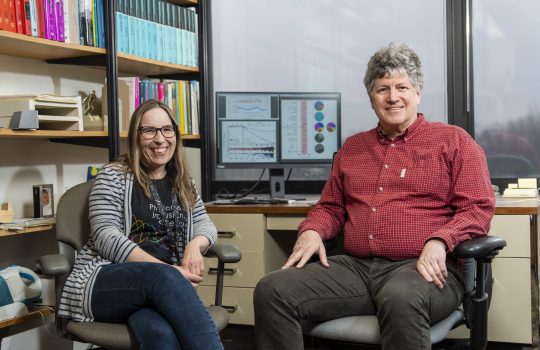Muon g-2 Announces Most Precise Measurement of the Magnetic Anomaly of the Muon
Magnetics Business and Technology, Sept. 11, 2025
Fermilab released the third and final measurement of the muon magnetic anomaly. The Muon g-2 collaboration describes the result in the recently published paper in the Physical Review Letters.


